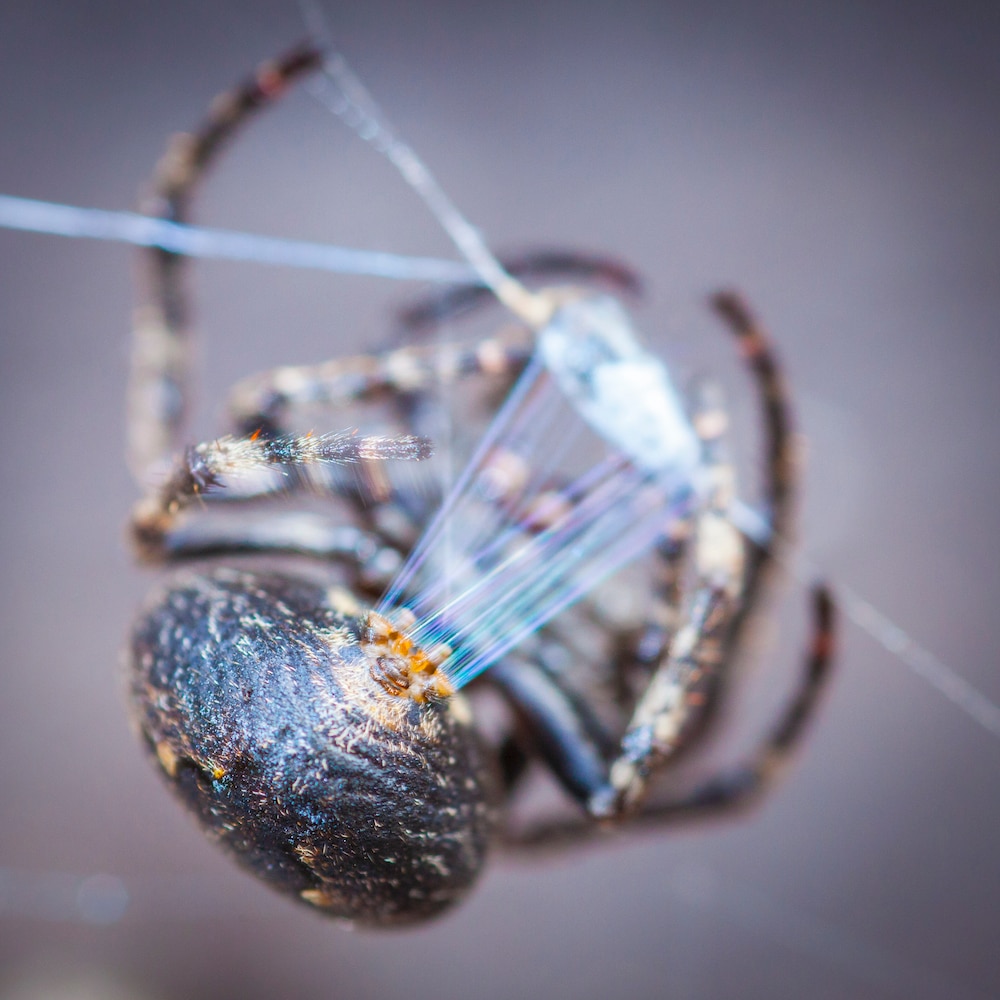Create a free profile to get unlimited access to exclusive videos, sweepstakes, and more!
Thwip, thwip! Spider silk traps cancer cells in its web
It might be time for us to give spiders a break.

Finding a cure for cancer is one of the holy grails of medical research. It’s difficult, however, because cancer isn’t one thing. There are many varieties with just as many causes, which result in the uncontrolled growth of cells.
Our bodies have built-in safety measures intended to prevent cancerous cells from surviving and multiplying, and most of the time those defenses work. When they don’t, cancer spreads. A new study published in the journal Structure describes a potential line of research which utilizes a protein taken from spider silk to shore up one of those natural defensive processes.
Each of the cells in our bodies produces a short-lived protein called p53. In fact, our cells are constantly producing p53 and then almost immediately destroying it, but there’s a good reason for that.
“It’s there just in case. It can feel if everything is alright in the cell. For example, if the cell wants to divide, it checks to see if it has enough amino acids, enough sugar, enough parts to make DNA,” Michael Landreh told SYFY WIRE. Landreh is a researcher from the Department of Microbiology, Tumor and Cell Biology at the Karolinska Institute, and one of the authors of the study.
If p53 detects anything wrong with a cell, it sends out a signal telling the cell to stop in place. It basically stalls all of the processes of the cell, giving the cell an opportunity to root out the problem and fix it. If it can’t fix the problem, the cell goes into controlled cell death. That’s good for the body, but bad for the cell. That’s why the cell is in a constant state of producing and destroying p53.
“P53 is kind of like a loaded gun lying around in every cell. If something is wrong in the cell, it stops breaking down and starts to accumulate. The thing that most cancers have in common, about 60% of all cancers, is a p53 that doesn’t work properly,” Landreh said.
That’s where spider silk proteins come in. What spider silk and p53 have in common, is an unruly structure. They do entirely different things, but both types of protein are long and wobbly. Spiders keep their silk proteins this way so that they can be stored in their silk glands as a sort of dough, instead of pre-formed fibers. The danger with these sorts of proteins, however, is that they have a tendency to get tangled up and clump together. Despite their floppy nature, spider silk proteins don’t clump together, which got scientists thinking.
Spider silk proteins have a section on the end which keeps the rest of the protein stable. Scientists aren’t quite clear on how it works, but they know it does. The idea was, if they could take that piece of the protein and add it to p53, it might become more stable.
“We don’t know how it’s stabilizing spider silk, but we know it’s doing it. So, we put it on p53, and it turned out the cells could suddenly make huge amounts of it,” Landreh said.
Observations of p53 after the spider silk protein was added showed that it wasn’t floppy anymore. The normally floppy part of p53 wound around the spider silk protein like a spool which not only made it more stable but made it easier for the cells to produce.
“Ribosomes are big protein machinery that put proteins together. Proteins come out like a string and then adopt a structure, but some proteins like p53 get stuck if they don’t have a structure. By putting something there that will make a structure, it’s more efficiently produced,” Landreh said.
The question then became if it still worked. It was possible the change in shape would block necessary binding sites and make p53 more stable but less effective. The team put the protein into modified cancer cells in a petri dish. The cells have genes which light up in the presence of p53. By measuring the amount of light the cells emit, scientists were able to tell how much of the p53 is active.
“It turns out, there was more than for the wild type p53, without the spider silk protein,” Landreh said. “Now, we want to make use of it. This is the one thing that unites so many different types of cancer, that they’re lacking this protein. If we could bring it back, cancer cells will be targeted by it. They will die.”
Incorporating spider proteins into our own bodies won’t give us wall crawling abilities, super strength or spidey sense, but honestly an effective way to treat 60% of cancers is a superpower by any definition.


























